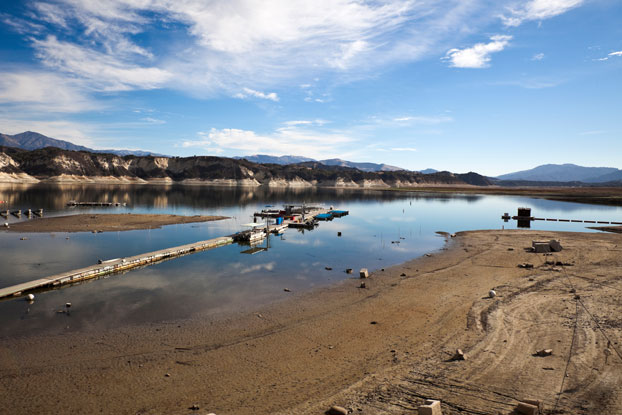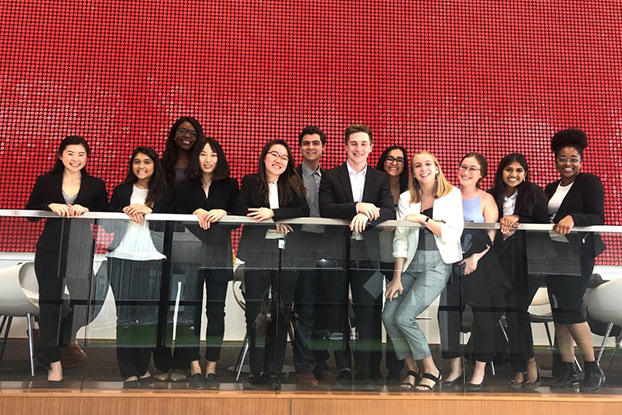
California businesses large and small operating across a wide range of industries have dealt with shared pain in recent years. In early April, the pain threshold was stepped up by state mandated water restrictions.
A historic drought, which has entered its fourth year, creates many challenges as governments and businesses look for solutions on how to adapt to the future climate – especially if it’s changing for good.
“This is a big challenge for California,” said Wesley Longhofer, an Assistant Professor of Organization and Management at Emory University’s Goizueta Business School who has research including climate change and its affect on business. “How do you mitigate climate change, so it’s not as bad?”
According to Longhofer, scientists agree climate change likely exacerbates a drought, though it may not be the direct cause. Like much of the world, this has caused the West to shift from mitigation to adaptation.
But, in the near term, the news is not good.
A trickle-down effect has already been seen in the California housing market and the upcoming tourist season may see less people flock to beach areas. Droughts aren’t uncommon, but if climate change extends the dry spell, it could have severe consequences, Longhofer said.

This California drought has been longer than most and the winter – often a water resource savior – left the state with just six percent of its annual snowpack. And while California faces more weather-related challenges than other areas of the country, it’s also done more with alternative and renewable forms of energy. This includes its own cap-and-trade program, Longhofer said.
Gov. Jerry Brown ordered a statewide 25 percent drop in urban water use compared to 2013 levels. About 15 months ago, Brown called for a voluntary water use reduction by 20 percent. But, the Associated Press reports, Californians only hit that target once, in December.
Now local governments are hiring more people and changing policies to better enforce restrictions. Newport Beach officials have sought new authority to issue fines after the city has cut its water use by just 5.5 percent, the AP reported.
In many areas of the state, a one-two punch is creating two problems: Temperatures are too hot to grow crops and migration from rural to urban areas places more demand on infrastructure.
The Western Growers Association, a California-based trade organization, estimates 17,000 farm jobs were lost in 2014. Cities face difficult questions about how to grow crops while addressing a changing climate.
Multiple industries are preparing with spending cuts, from a small business car wash, to Disneyland. Plus, water districts have already increased the price consumers and businesses pay for water.
Thomas Smith, Assistant Professor in the Practice of Finance at the Goizueta Business School, compared the situation to the OPEC oil embargo of the early 1970s. Companies faced similar problems – use less oil and pay more for their supply.
“The truth is when you have a situation where water becomes more scarce, you’re going to have companies engage in greener or more efficient practices,” Smith said.
Larger companies may be slightly better off but, according to Smith, not without challenges.
Companies that are more diversified, or have an incentive to use less water could fare well. Disneyland, for example, could make a conscientious choice to close a ride because of the restrictions. But a small law firm could negotiate an incentive in cheaper rent if it meets a certain guideline of water usage.
“Companies that are more diversified, and that have more locations outside of California are significantly less impacted by the drought,” Smith said.











